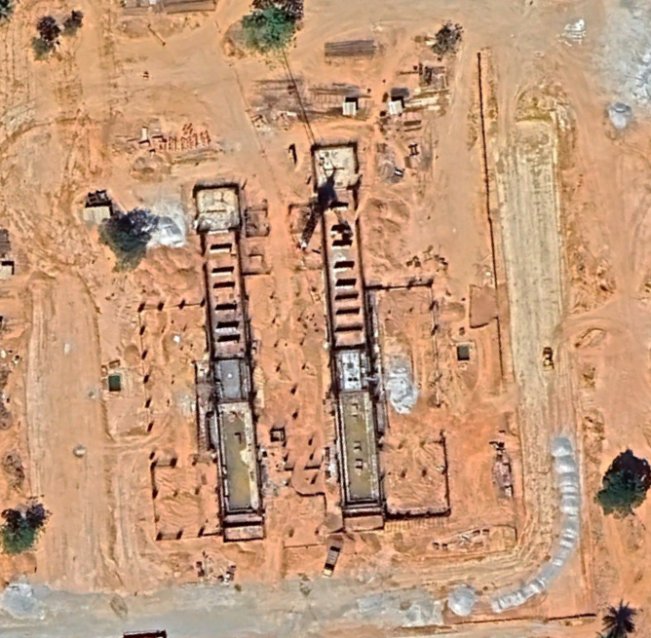- Views: 3K
- Replies: 19

Satellite Images Reveal Rapid Construction Progress on India's Future Jet Engine Development Hub
New satellite imagery showcases significant progress in the construction of the Defence Research and Development Organisation's (DRDO) advanced engine testing facility at Rajankunte, India.
The facility, a joint venture between the Labs Research and Development Establishment (LRDE) and Gas Turbine Research Establishment (GTRE), is rapidly taking shape.
Of particular note is the visible progress on GTRE's Twin Test Cell, which will have the capacity to test powerful future engines with thrust levels exceeding 130kN.
The project represents a major leap forward for India's indigenous aerospace engine development ambitions. Construction work on the Engine Test Facility, including civil works and allied services, began in September 2023. This followed the initiation of consultancy services for the project in July 2023.
Self-Reliance and Capacity Building
The facility is scheduled for completion by October 2025, and DRDO is prioritizing the awarding of contracts to Indian vendors. This underscores the commitment to fostering domestic expertise and bolstering self-reliance within India's aerospace industry.Once operational, the Rajankunte facility will boast the ability to test a diverse array of advanced engines. This includes those utilizing both traditional Axi-symmetric nozzles and cutting-edge Thrust Vectored Nozzles (TVN).
Such capabilities will be essential as India pursues the development of advanced propulsion systems for its future fighter aircraft and other aerospace platforms.
Implications
The construction of this advanced engine testing facility is a clear signal of India's determination to become a major player in the global aerospace engine market.The successful completion and operation of the Rajankunte facility has the potential to reduce India's reliance on foreign engine technology, saving valuable resources and strengthening the nation's strategic autonomy in the defense sector.
